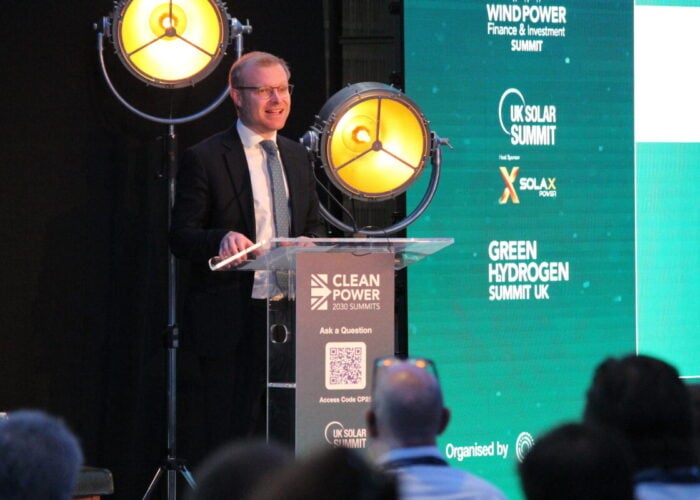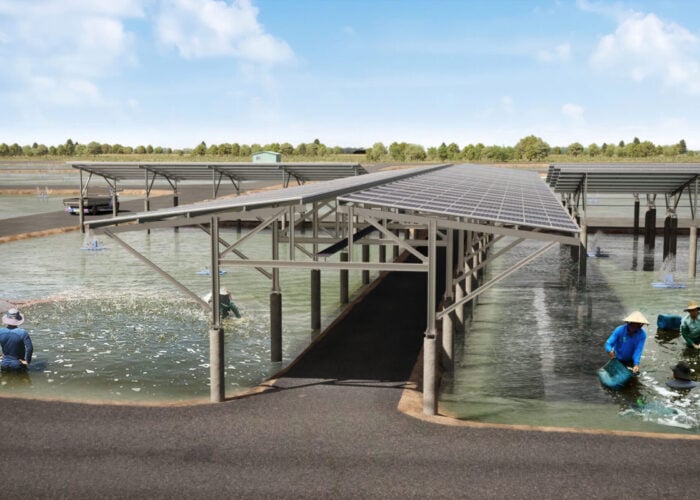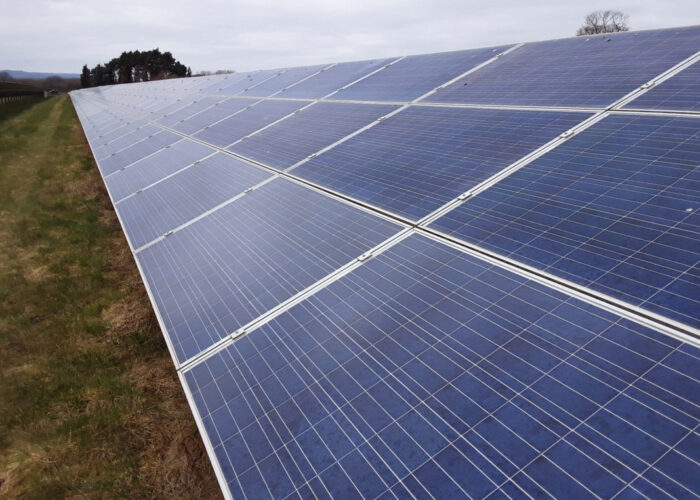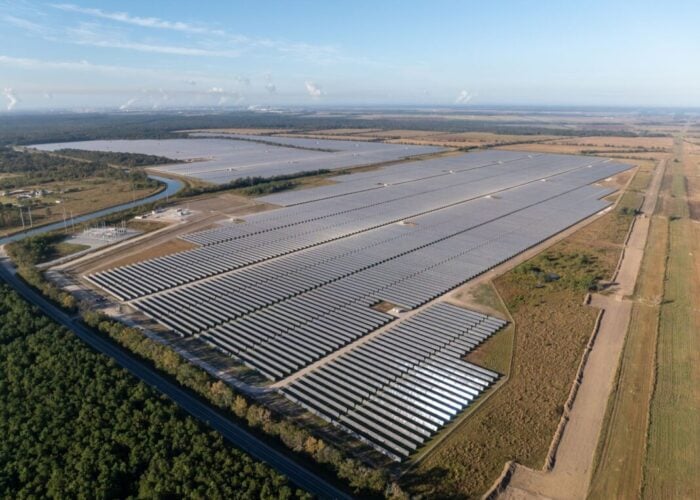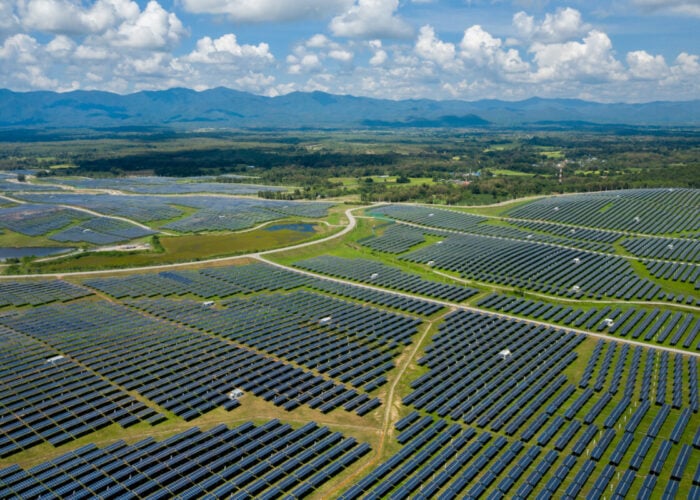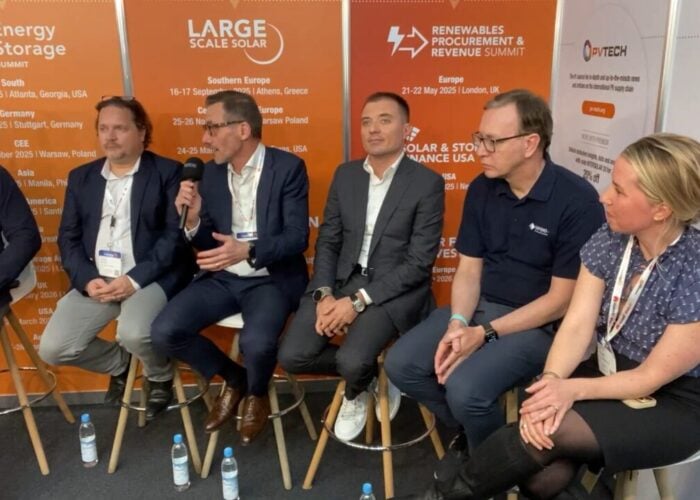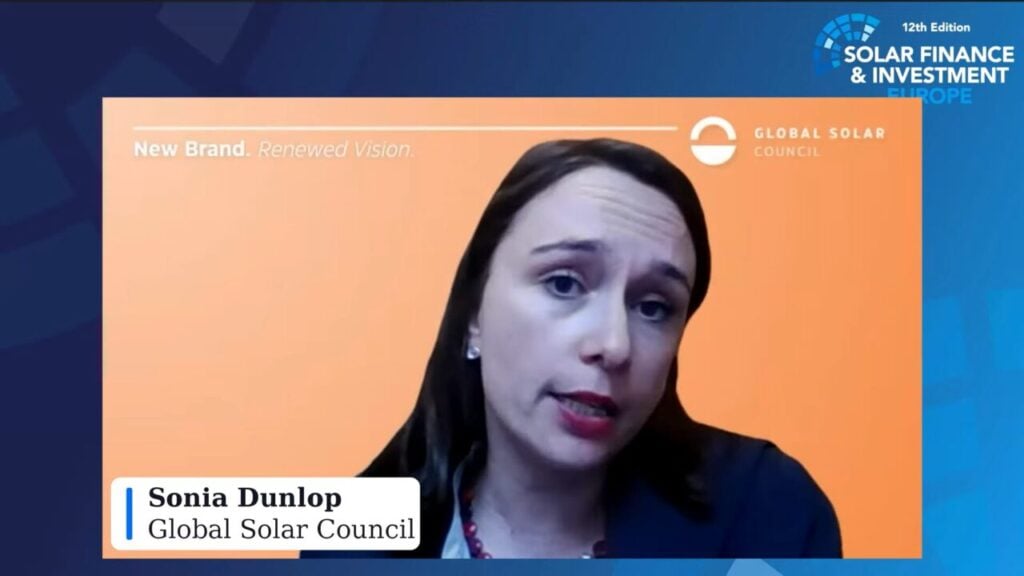
The high cost of capital and growing community opposition to projects have been singled out as pressing challenges for the European solar industry heading into 2025.
Despite some ups and downs, the industry worldwide made steady headway in 2024, surpassing the 2TW capacity mark towards the end of the year, only two years after reaching 1TW.
Unlock unlimited access for 12 whole months of distinctive global analysis
Photovoltaics International is now included.
- Regular insight and analysis of the industry’s biggest developments
- In-depth interviews with the industry’s leading figures
- Unlimited digital access to the PV Tech Power journal catalogue
- Unlimited digital access to the Photovoltaics International journal catalogue
- Access to more than 1,000 technical papers
- Discounts on Solar Media’s portfolio of events, in-person and virtual
Finance and development experts taking part in a webinar organised this week by PV Tech publisher Solar Media were asked to give their views on the biggest challenges and opportunities for the industry this year.
Chairing the discussion, Global Solar Council CEO Sonia Dunlop highlighted the industry’s progress in 2024, which, in addition to reaching the 2TW milestone, attracted investment of some half a trillion dollars.
But the industry experts on the webinar – developer Lightsource bp, investor Infrared Capital Partners, bank Santander and asset manager NTR – highlighted a number of challenges that look set to persist into 2025.
“The challenge that we have seen this year in particular compared to past years is the higher cost of capital … that’s higher cost of equity and higher cost of debt,” said Ruth Lai, at London-based Infrared Capital Partners.
“If we look at solar as a technology class, it’s getting increasingly difficult to generate the required cost of equity from operational solar.”
Alex DeSouza, general counsel for Europe, Middle East and Africa at Lightsource bp, highlighted the knock-on impacts of local opposition to projects on development costs and timelines.
“What I’m seeing with my legal hat on is some of the challenges right at the start of the development process and … the effects of not having proper community engagement,” DeSouza said.
“Community opposition to projects, which they don’t think have been appropriately developed … has an immediate impact on all of us because of timelines,” added DeSouza. “Community engagement costs money and this is obviously putting up the cost of development, which is increasing costs across the board.”
Tackling challenges in 2025
Meanwhile, Bart White, EMEA head of structured finance at Santander Corporate & Investment Banking, said 2024 had been characterised by “quiet” periods with a low deal flow, and suggested that investments need to have “reasonable aspirations” to reverse this trend.
“There’s a huge amount of deals which are being financed so access to capital is still not a problem; if the ambition of capital is unrealistic then it won’t be accessible, but with reasonable aspirations in terms of cost of finance and leverage there’s huge abundance of capital available to finance new projects,” said White.
“So it’s really just a question of how long are projects taking to get to the [ready-to-build] stage and getting access to the debt financing.”
However, White noted that, heading into 2025, he was seeing “a huge amount of volume in our pipeline,” suggesting appetite remains for investment in new projects.
“Two things we’re starting to see are constraint and curtailment in certain markets, and then negative pricing in certain markets,” added Anthony Doherty, chief investment officer at asset manager NTR, who said that mechanisms could be deployed to tackle these challenges in 2025.
“On the constraint and curtailment piece, it’s interesting if you look at some markets – I’ll take Ireland as an example – the contracts for difference (CfD) actually cover constraint and curtailments [and] that’s quite attractive for an investment perspective,” said Doherty.
“The structure of your corporate PPA [can allow you to] still export power when prices are negative, down to a certain level,” added Doherty. “[This] is probably a point in corporate PPAs that people weren’t thinking about a couple of years ago, but now there’s nothing worse than having to not export when maybe you could export for a period of time, either at zero pricing or into slightly negative pricing.”
All of the panellists will be present at Solar Media’s annual Solar Finance & Investment Europe event in London on 4-5 February 2025.
This event annually attracts infrastructure funds, institutional investors, asset managers, banks and development platforms at the forefront of European renewables; the vast majority of which are responsible for billions in active and prospective investments in the Europe’s energy transition. For more details, visit the website.

